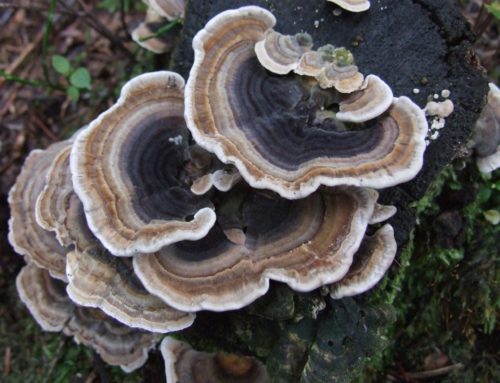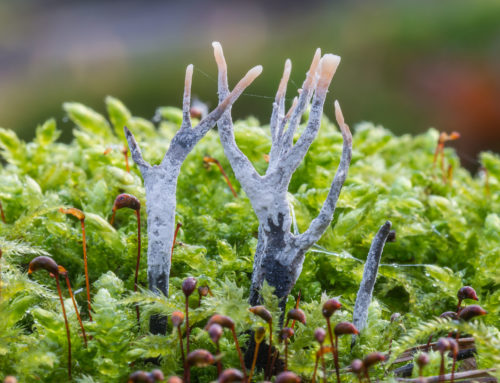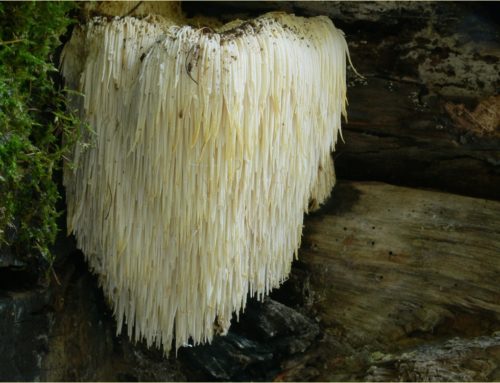Discovering the Inner Path: A Beginner’s Guide to Meditation
Introduction: Embarking upon the path of meditation opens a gateway to inner exploration, self-awareness, and profound transformation. Drawing from the wisdom of great spiritual traditions, this beginner’s guide provides essential insights and practical techniques to initiate your journey towards self-realization.
Understanding the Purpose of Meditation: Meditation serves as a means to develop self-observation, inner presence, and conscious awareness. It invites us to transcend the limitations of our everyday existence, awaken our higher faculties, and connect with the essence of our being.
Preparing for Meditation:
- Choose a Quiet Space: Find a serene and undisturbed space where you can sit in silence, free from external distractions.
- Establish a Regular Practice: Set aside a specific time each day for your meditation practice. Consistency is key to cultivating a deep and meaningful connection with your inner self.
- Create a Sacred Atmosphere: Set the intention for your practice by creating a sacred ambiance. Light a candle, burn incense, or engage in any ritual that helps create a focused and serene environment.
The Practice of Meditation:
- Posture: Find a comfortable seated position with an upright spine. This allows for a free flow of energy and promotes alertness.
- Awareness of Breath: Begin by gently directing your attention to the natural rhythm of your breath. Observe the inhalation and exhalation, using the breath as an anchor for your awareness.
- Observing Thoughts: During meditation, thoughts may arise. Rather than getting caught up in them, practice non-identification. Observe thoughts impartially, letting them come and go without judgment or attachment.
- Sensations in the Body: Shift your attention to the sensations in your body. Notice any areas of tension or discomfort, and with each breath, release and let go of physical and energetic blockages.
- Cultivating Inner Stillness: Gradually shift your focus to a deep sense of inner stillness. Allow yourself to dissolve into this stillness, experiencing a profound sense of presence and connectedness.
- Returning to the Present Moment: If your mind wanders, gently bring your attention back to the present moment, refocusing on your breath or the sensations in your body.
- Closing the Meditation: When you feel ready to conclude your practice, take a few deep breaths and gradually bring your awareness back to your surroundings. Offer gratitude for the experience and insights gained.
Integration and Reflection: After each meditation session, take a few moments to reflect on your experience. Notice any shifts in your state of consciousness, both during meditation and in your daily life. Observe the impact of your practice on your thoughts, emotions, and actions.
Embracing the Journey: Remember, meditation is a lifelong journey of self-discovery and inner growth. Embrace the process with patience, perseverance, and an open heart. Allow yourself to explore the depths of your true nature and awaken your dormant potentials.
May your practice of meditation become a transformative path, leading you towards greater self-awareness, inner peace, and a profound connection with the essence of life itself.



